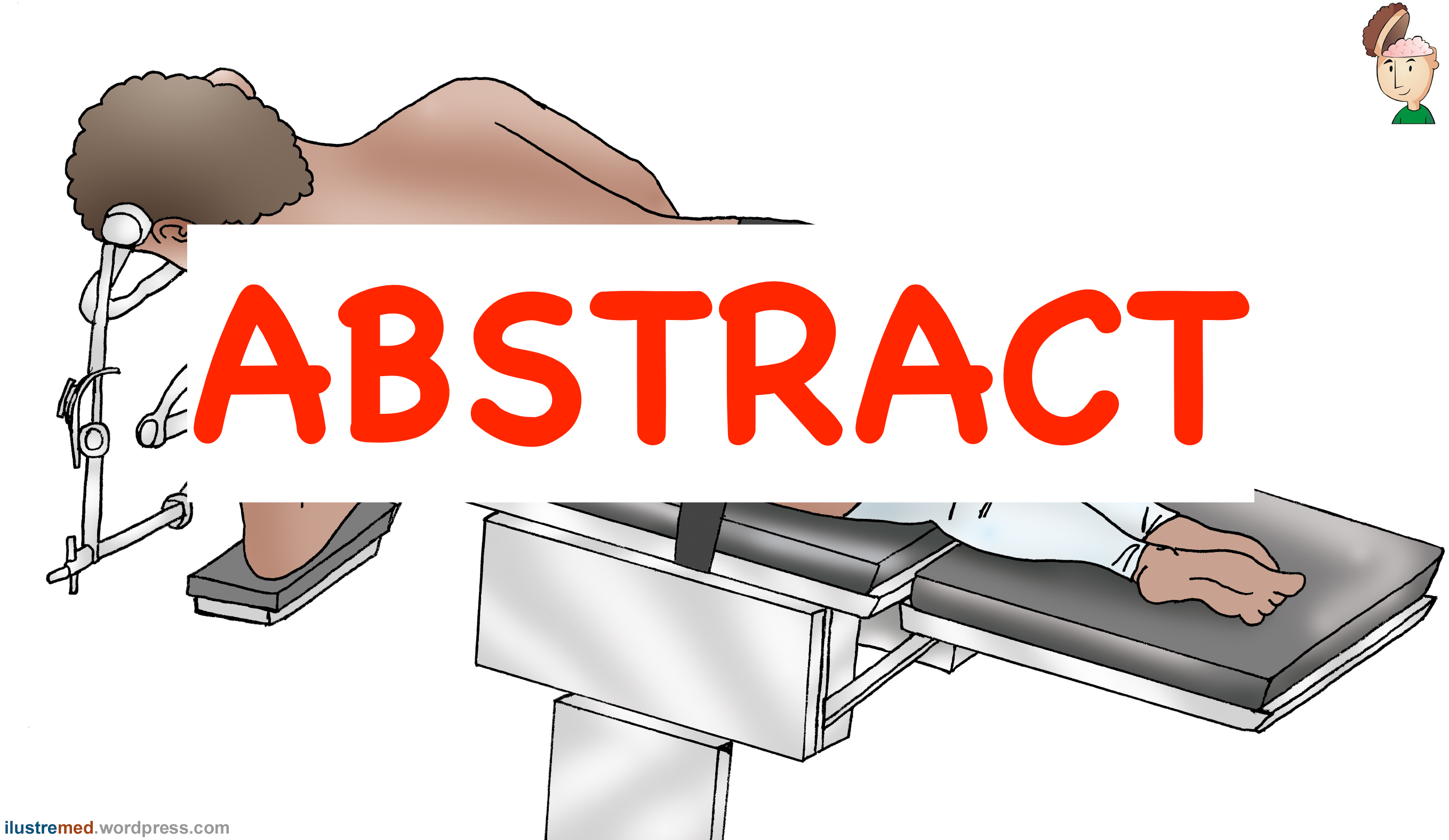Trends in isolated lumbar spinal stenosis surgery among working US adults aged 40-64 years, 2010-2014.
Abstract
OBJECTIVE Recommendations for the surgical treatment of isolated lumbar spinal stenosis (LSS) (i.e., in the absence of concomitant scoliosis or spondylolisthesis) are unclear. The aims of this study were to investigate trends in the surgical treatment of isolated LSS in US adults and determine implications for outcomes. METHODS The authors analyzed inpatient and outpatient claims from the Truven Health Analytics MarketScan Commercial Claims and Encounters Database for 20,279 patients aged 40-64 years who underwent surgery for LSS between 2010 and 2014. Only patients with continuous 12-month insurance coverage after surgery were included. The rates of decompression with arthrodesis versus decompression only and of simple (1- or 2-level, single-approach) versus complex (> 2-level or combined-approach) arthrodesis were analyzed by year and geographic region. These trends were further analyzed with respect to complications, length of hospital stay, payments made to the hospital, and patient discharge status. Statistical significance was set at p < 0.05. RESULTS The proportion of patients who underwent decompression with arthrodesis compared with decompression only increased significantly and linearly from 2010 to 2014 (OR 1.08; 95% CI 1.06-1.10). Arthrodesis was more likely to be complex rather than simple with each subsequent year (OR 1.4; 95% CI 1.33-1.49). This trend was accompanied by an increased likelihood of postoperative complications (OR 1.11; 95% CI 1.02-1.21), higher costs (payments increased by a mean of US$1633 per year; 95% CI 1327-1939), and greater likelihood of being discharged to a skilled nursing facility as opposed to home (OR 1.11; 95% CI 1.03-1.20). The South and Midwest regions of the US had the highest proportions of patients undergoing arthrodesis (48% and 42%, respectively). The mean length of hospital stay did not change significantly (p = 0.324). CONCLUSIONS From 2010 to 2014, the proportion of adults undergoing decompression with arthrodesis versus decompression only for the treatment of LSS increased, especially in the South and Midwest regions of the US. A greater proportion of these fusions were complex and were associated with more complications, higher costs, and a greater likelihood of being discharged to a skilled nursing facility.
KEYWORDS:
CCI = Charlson Comorbidity Index; ICD-9 = International Classification of Diseases, Ninth Revision; LSS = lumbar spinal stenosis; SNF = skilled nursing facility; USD = US dollar; complex fusion; hospital payments; lumbar spinal stenosis; outcomes; trends
- PMID:
- 29799337
- DOI:
- 10.3171/2018.1.SPINE17964

